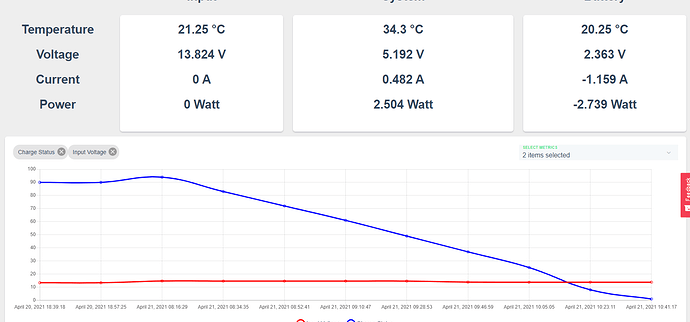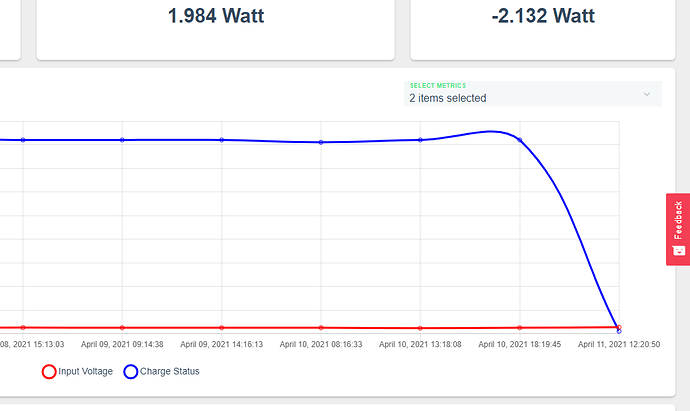@ensar
About EDM…
I know it can’t be set when DC is plugged in. I want an event that I can schedule so that I can do a software shutdown, then put the device into EDM (with the preprogrammed, scheduled event). I schedule my shutdown the moment DC power is removed. But, I cannot use EDM, as it does not shutdown gracefully first. That should be repeated.
EDM does not gracefully shutdown the system. It just kills it… this is BAD.
EDM needs to be a scheduled event so that the system can be brought down to the appropriate run level before powering off.
The alternate solution would be to make EDM functionality only trigger after the DC power has finally been removed during the shutdown procedure.
As it stands, the EDM mode, while having a good intention, fails to be implemented in a useful and safe way. It needs to wait for power off (or DC detect), or be available as a scheduled event.
The soft shutdown does not bring the power usage low enough. It still sits at around 200-300mA at 13 Volts from my desktop supply. The soft shutdown does not power down the HAT. It only issues the shutdown command to the system. If the HAT does not cut power, the battery is consumed in less than 12 hours. It should last more than 10 times this at a very minimum.
The hard shutdown (scheduled event) works and brings the system (almost) all the way down, but the button must be manually pressed to power the pi again. This is a super-duper design failure, by the way.
*Side note: the HAT should also have an option for no blinking lights. Not everything needs a wasteful indicator circuit.
The HAT needs a capability to be powered up when DC power is plugged in, not if it is already plugged in as is the case with EDM.
My use case, effectively never calls for the system to be powered on battery for more than a few seconds, and then it is only meant to keep the RTC accurate. Nothing else. It’s a really simple use case, I can’t believe it hasn’t been considered before.
Let me say it one last time, as implemented “Easy Deployment Mode” is TERRIBLE!
Soft shutdown uses too much power.
Hard shutdown requires a button press to bring back up.
Is there someway to do a hard shutdown that also puts it into EDM at the end? I can schedule that after the DC power is removed. That seems like the best solution to me.
PLEASE PLEASE PLEASE fix these things in the new version!
Shawn

